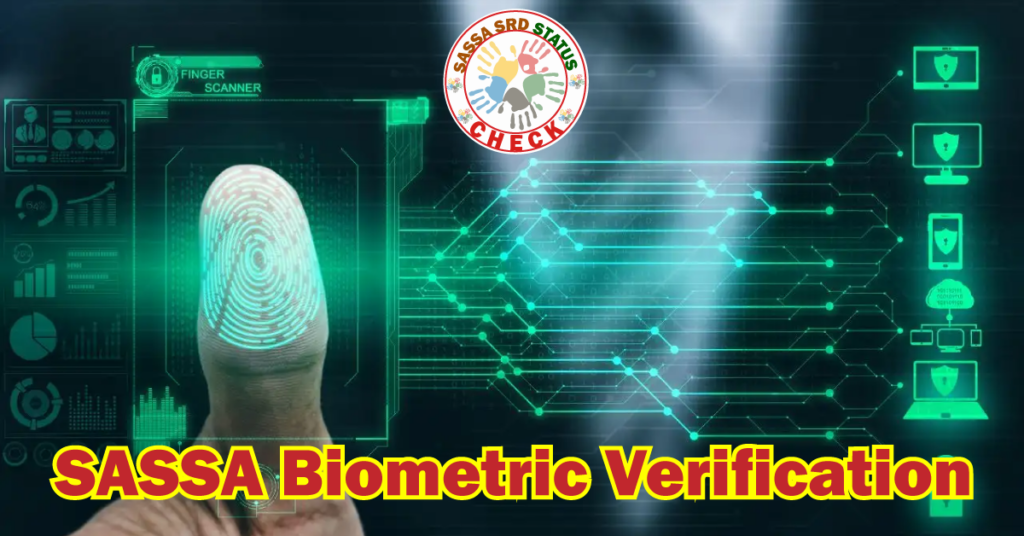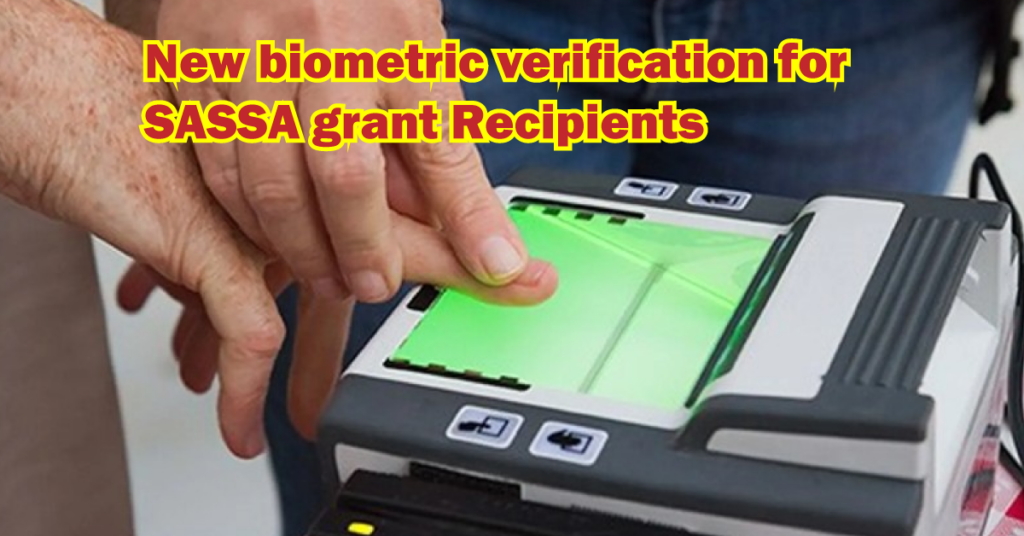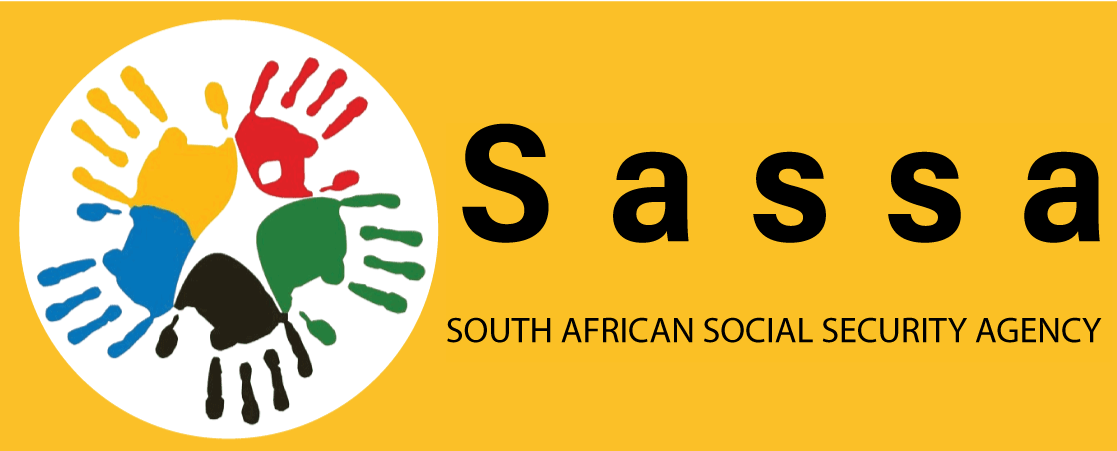SASSA Biometric Verification: Accurate Benefit Distribution
The South African Social Security Agency (SASSA) supports millions of South Africans through various social grants. Efficient and secure distribution of these grants is crucial to ensure that those who qualify receive the financial assistance they need. Recently, SASSA gov za biometric verification is a key tool to strengthen its application process.
This technology secures the application process, helps streamline grant distribution operations, and reduces fraud. Today, we’ll explore the role of new biometric verification in SASSA applications, explaining its benefits, potential challenges, and overall impact on the system.

What is Biometric Verification?
Biometric verification is a security measure that verifies a person’s identity by analyzing their distinct behavioral or visual characteristics. These characteristics can include fingerprints, facial features, or even voice patterns. During verification, a special device captures the chosen biometric data (e.g., fingerprint scan or facial recognition), converts it into a digital format, and stores it in a secure database. If the templates match, the identity is confirmed.
How Does Biometric Verification Work with SASSA Applications?
SASSA has integrated biometric verification into various stages of the application process. For some applications, particularly those for new grants, SASSA may require biometric verification during the initial application stage. This can involve capturing fingerprints at a SASSA office or using facial recognition technology through a smartphone app.
If you need to update personal information on your existing application, SASSA might require biometric verification to confirm your identity and ensure the changes are authorized by you. Biometric verification can also be used as a primary security measure when accessing your SASSA online account or making changes to your profile.
Benefits of Biometric Verification for SASSA
The introduction of biometric verification in SASSA SRD applications offers several advantages:
1. Reduced Fraud
Biometrics provide a more robust layer of security than traditional methods. Since fingerprints or facial features are unique to each individual, it becomes significantly harder for someone to impersonate a legitimate applicant and fraudulently claim a grant. This helps to protect SASSA 370 grants and ensure they reach those who are truly entitled to them.
2. Improved Efficiency
Biometric verification can streamline the application process. Fingerprint scans or facial recognition are generally faster and more convenient than manually verifying identity documents. This can lead to quicker processing times and improved overall efficiency for both SASSA and applicants.
3. Enhanced Security
Biometric verification strengthens the overall security of the SASSA system. By requiring a unique identifier linked to the beneficiary, unauthorized access to accounts or manipulation of application data becomes much more difficult. This creates a more secure environment for both applicants and SASSA staff.
4. Accurate Records
Biometric data provides a reliable way to link individuals to their applications and grant records. This helps to maintain accurate beneficiary information, minimizing errors or duplicate payments. This ensures that limited resources are distributed fairly and efficiently.
Considerations and Potential Challenges
While biometric verification offers significant benefits, there are also some potential challenges:
- Privacy Concerns and Data Security: Biometric data collection and storage poses various privacy risks. Protecting this sensitive information from unauthorized access or disclosure is the highest priority.
- Technical Challenges and Accessibility Issues: Implementing and maintaining biometric systems can be technically complex and costly. Additionally, some recipients may be unable to provide biometric data due to physical conditions or disabilities.
- Addressing Errors and False Rejections: No system is perfect. Errors in biometric matching can lead to false rejections, where legitimate beneficiaries are incorrectly denied access to their grants. Addressing and minimizing these errors is a continuous challenge.

Future of SASSA Biometric Verification in Social Security Systems
Biometric technology is evolving rapidly, with new methods and improved accuracy. Innovations such as fingerprints, vein patterns, face recognition, and multi-modal biometrics are gaining popularity.
While fingerprint scanners have become synonymous with the SASSA Biometric Verification application process, the future holds exciting possibilities that extend far beyond a single fingerprint. Mobile devices equipped with biometric sensors can also facilitate remote verification, making the process more convenient for beneficiaries.
Conclusion
The integration of biometric verification into SASSA applications represents a positive step ahead. It strengthens security, improves efficiency, and helps to ensure that SASSA grant payments reach their intended recipients. By addressing accessibility concerns and prioritizing data privacy, SASSA can continue to leverage this technology to create a more robust and secure social grant distribution system that benefits both applicants and the agency itself.



![How to Resolve Declined SASSA Payment Issues August 2024 [Update]](https://sassasrdstatuschecks.co.za/wp-content/uploads/2024/05/Sassa-payment-issues-1-768x402.png)